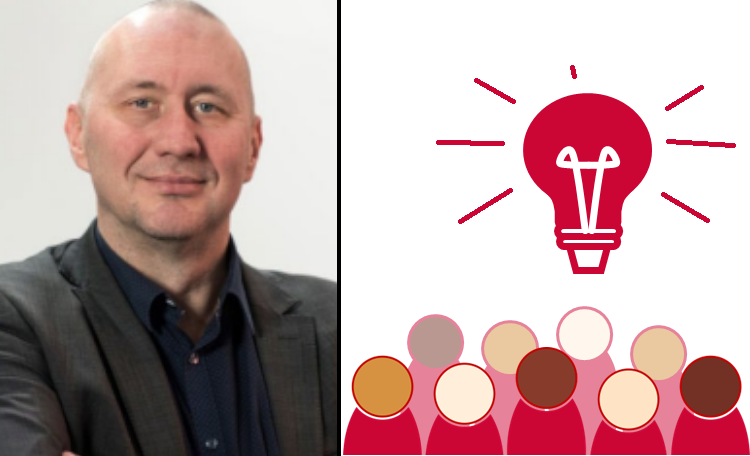The 3rd HYP*MOL Colloquium will take place at Chemnitz University of Technology on 4 April 2024. The speaker is Prof. Mario Ruben from Karlsruhe Institute of Technology (KIT) & University of Strasbourg, France. The event will start at 11:30 in Lecture Hall N113, (Reichenhainer Straße 90). All guests are invited to scientific discussions and a small snack & coffee break before the colloquium at 11 a.m. in front of the lecture hall. – Information about the lecture provided by Prof. G. Salvan, Tel. 0371-531-33137.
Nuclear spin states in molecules will be proposed to act as quantum registers for Quantum Computing (QC). We report on the implementation of metal complexes into nanometre-sized spintronic devices by a combination of bottom-up self-assembly and top-down lithography techniques. The controlled generation of magnetic molecular nanostructures will be shown and persistence of their magnetic properties under confinement in Molecular Quantum Devices will be proven. The Hilbert space spanned by the nuclear spins will be engineered synthetically and addressed both electrically and optically, partially at the single molecule level.1-13 Finally, Grover ´s quantum search algorithm will be implemented on the nuclear spin register of a TbPc2 Qudit.10
[1] S. Kyatskaya et. al. J. Am. Chem. Soc. 2009, 131, 15143-15151.
[2] M. Urdampilleta et al. Nature Mater. 2011, 10, 502-506.
[3] J. Schwöbel et. al. Nature Comms. 2012, 3, 953-956.
[4] R. Vincent et al. Nature 2012, 488, 357-360.
[5] M. Ganzhorn et al. Nature Nano 2013, 8, 165–169.
[6] M. Ruben et. al. Nature Nano 2013, 8, 377–389.
[7] S. Wagner et. al. Nature Nano 2013, 8, 575–579.
[8] S. Thiele, et al. Science 2014, 344, 1135-1138.
[9] M. Ganzhorn, et. al. Nature Comms. 2016, 7, 11443.
[10] C. Godfrin et al. PRL 2017, 119, 187702
(perspective article by A. Morello Nature Nano 2018, 13, 9-10).
[11] H. Biard et. al. Nature Comms. 2021, 12, 4443.
[12] S. Kuppusamy et. al. Nature Comms. 2021, 12, 2152.
[13] D. Serrano et al. Nature 2022, 603, 241.

